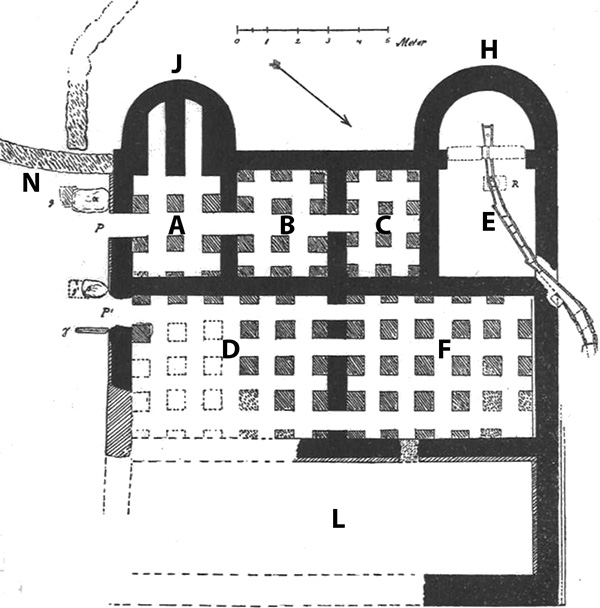Splashing around in Roman baths
Archaeologists at work
Here in the Haselanger meadow, a 300 m² bath complex in Roman style was discovered in the course of archaeological excavations. In one of the rooms, the archaeologists found the remains of lavish wall paintings and fragments of white marble dating back to the 1st to 3rd centuries AD. To the south-east of the complex they identified traces of a settlement composed of several buildings and main roads.
The bath complex was at the heart of the village, showing that its Celtic inhabitants had adopted some of the Romans’ amenities and customs. But maybe a Roman official was also stationed here and had the baths built for his family and entourage as well as for members of the Celtic elite.
Children Text
“Here, at this very spot, my grandfather Atto, who’s a great fan of the Romans, would like to build a large bath house in Roman style. It should have underfloor heating which can also heat the walls. He’s also planning hot and cold tubs. Atto says that alternating between hot and cold water is good for his old bones. Lutussa, my grandmother, is also looking forward to taking the waters. She told me that there are enormous “thermae” (baths) in Rome with libraries, exercise yards and gardens. You see, Atto and Lutussa were taken to Rome as children and brought up there. That’s why they know such a lot about Roman customs and buildings. That’s why they like building in stone and no longer in wood.”
Question:
Do you know the answer? What does a Roman bath complex look like?


